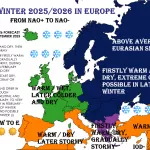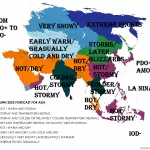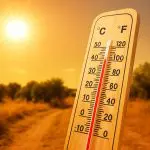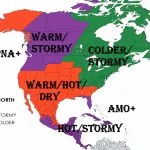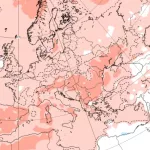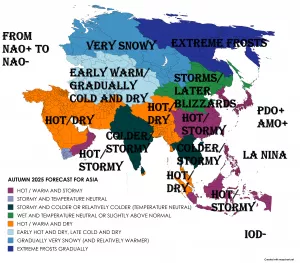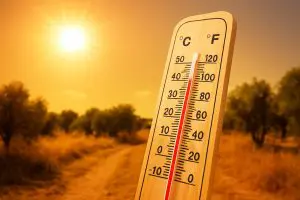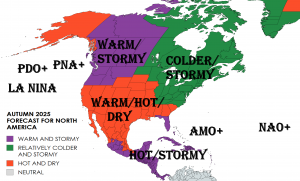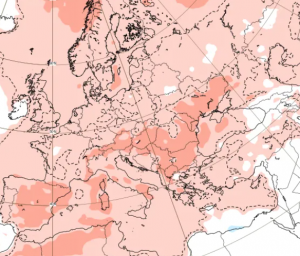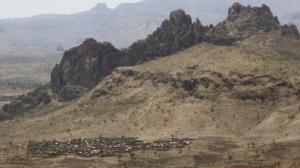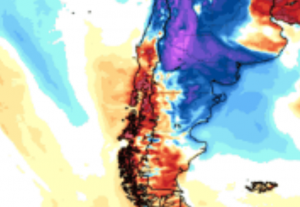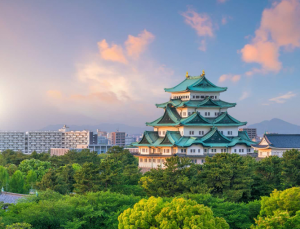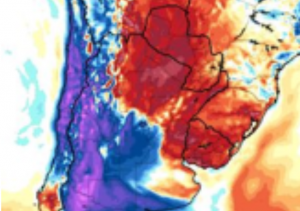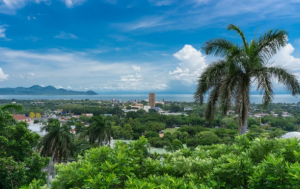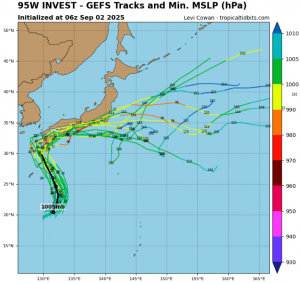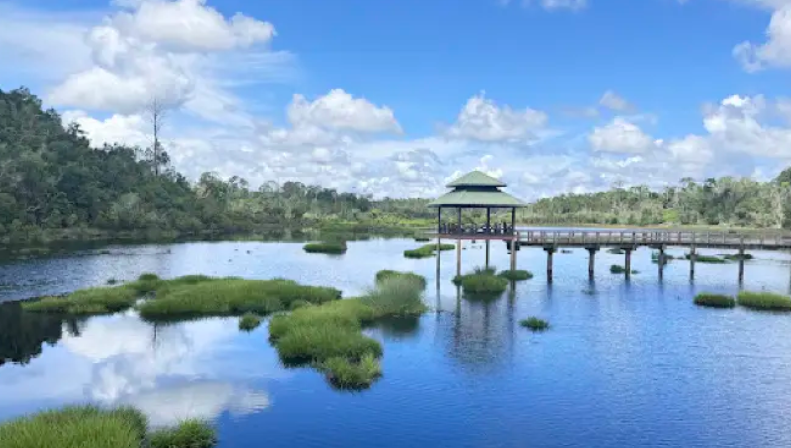
At the very end of July 2025, parts of Southeast Asia experienced some of the highest temperatures in their recorded history, with Sukang, Brunei and Sibu, Malaysia reaching unprecedented heat levels. On July 30 and 31, Sukang recorded a blistering 39.2 °C, marking the hottest day ever documented in Brunei, while nearby Sibu in Malaysia sweltered at 37.4 °C, setting a new national heat record.
These extreme temperatures represent a significant departure from typical climatic norms for the region, especially during what is usually the latter half of the Southwest Monsoon season, a period that generally brings more moderated, humid conditions with frequent rain. Instead, the unusual heatwave was driven by a combination of a persistent high-pressure system dominating the area, suppressing cloud formation and rainfall, and allowing intense solar heating of the land surface.
Meteorologists have noted that such soaring temperatures at the end of July indicate a growing trend of climate extremes across Southeast Asia, where records are being repeatedly broken year after year. The persistence and intensity of these heatwaves are linked to broader global warming trends, which amplify the frequency of extreme temperature events in tropical zones.
The consequences of these historic highs are multifaceted. For local populations, the heat posed increased risks of heat exhaustion and heatstroke, especially among vulnerable groups such as the elderly and children. Infrastructure like power grids faced heightened pressure as demand for air conditioning and cooling surged, occasionally leading to localized outages.
Agriculture and natural ecosystems in the region are equally threatened. Crops exposed to extreme heat can suffer from heat stress, reduced yields, or failure, affecting food security. Native forests and wildlife may also experience stress due to altered microclimates and disrupted water cycles.
The remarkable heat records in Sukang and Sibu at the end of July 2025 join a growing catalog of climate anomalies that demand urgent attention from policymakers and communities. Efforts to improve heat resilience through urban planning, public health campaigns, and sustainable environmental management are becoming increasingly critical as the planet warms.
In summary, the 39.2 °C in Sukang and 37.4 °C in Sibu stand as stark reminders that tropical heat extremes are intensifying, challenging both human and natural systems in Southeast Asia.

Illustration picture: https://www.trip.com/travel-guide/attraction/sukang/labi-forest-reserve-136782940?curr=USD&locale=en-XX

